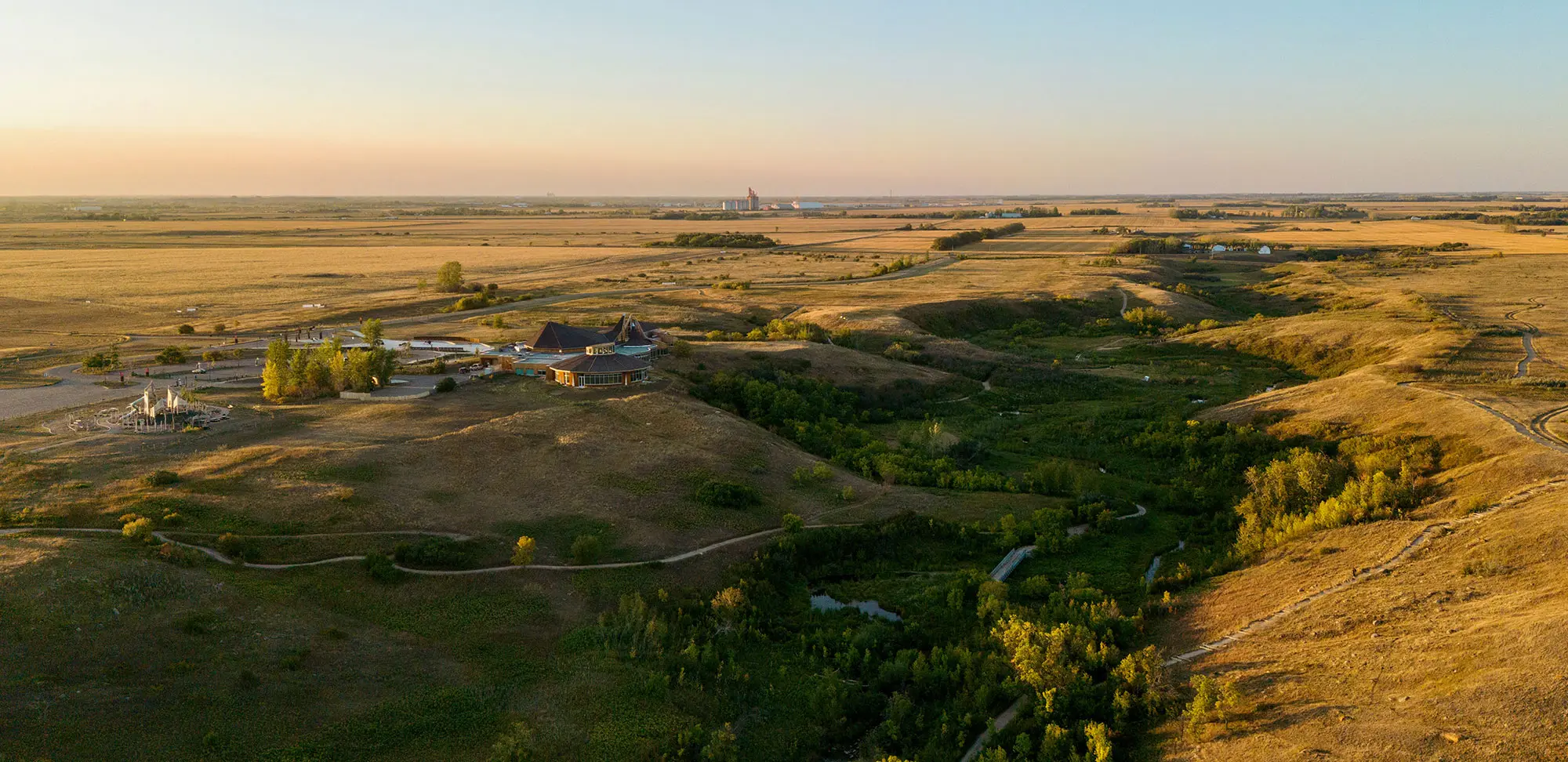Each summer, RTOERO funds early-career practitioners to participate in research-based summer placements at the National Institute on Ageing, part of a five-year, $100,000 commitment to the RTOERO-NIA Summer Internship Program. This is part one of a three-part series to introduce you to the 2023 RTOERO Summer Scholars. Meet Amanda Bull, a PhD student in social gerontology at McMaster University.
Everyone deserves to feel safe in their home, including those for whom home is in long-term care. But not everyone does.
That’s what Amanda Bull, a 2023 RTOERO Summer Scholar at the National Institute on Ageing (NIA), unpacked as she prepared a brief on inclusive policies for 2SLGBTQIA+ residents of Ontario long-term care homes.
She chose the topic on purpose. Bull, a recent grad of McMaster’s Master of Health and Aging program, saw her time at the NIA as a chance to expand her horizons and expertise. Her manager was NIA’s health research and policy manager, Ashley Flannagan, whose research focuses on 2SLGBTQIA+ aging and old age. Plus, the topic was, sadly, timely — with more policies targeting 2SLGBTQIA+ individuals in the United States and around the world.
“We’ve been seeing abhorrent conversations around the queer community,” Bull says. “We’re thinking about schools not being safe for queer kids. I think, are workplaces safe for queer adults? Are long-term care homes safe for queer older adults? It goes all the way through.” Safety, she explains, encompasses more than physical needs. “When we talk about safety in long-term care, we’re not just talking about biologically safe,” she says. “It’s also about meeting residents’ mental and spiritual needs. The idea of care encompasses all aspects of one’s health.”
How can people feel safe when they fear the need to “go back into the closet” when they move into long-term care, as the Senior Pride Network has documented? Or that they won’t be able to express their identity and sexuality, isolating them socially. “It’s an ageist perspective that older adults are asexual. That’s not the case,” Bull explains.
These experiences of isolation and exclusion — or the fear of them — are compounded by the fact that 2SLGBTQIA+ older adults have coped with stigma and discrimination across their lifespans. And they’re not a homogenous group; they have intersecting identities that affect their past experiences and present realities.
In Ontario, there’s a Residents’ Bill of Rights included in the Fixing Long-Term Care Act (2021), intended to ensure that residents receive “safe, consistent, and high-quality resident-centred care in settings where residents feel at home, are treated with respect, and have the supports and services they need for their health and well-being.”
It sounds good. However, Bull points out that there isn’t a model and there are no checks in place to ensure that the Residents’ Bill of Rights is delivered to a high standard. But she says there’s promising work happening. She highlights the Rekai Centres and their newly implemented “Rainbow Wings” — intentionally designed wings within existing long-term care homes. And the City of Toronto has a resource called Leading & Learning with Pride: A Revitalized Tool Kit on Supporting 2SLGBTQI+ Seniors, which Bull says can be used as a model for long-term care homes and communities looking to make progress.
Her policy brief included four overarching recommendations:
- Introduce general policy changes via provincial legislation.
- Increase the level of continuous, ongoing community consultation.
- Transition to a resident-centred model of care provision.
- Mandate a 2SLGBTQIA+ inclusivity training program in all long-term care homes.
So what can we, as individuals, do to foster human rights and safety for all?
We can ask what’s happening in long-term care homes to which we are connected. We can ask about inclusive practices and spaces. And we can educate ourselves on the unique challenges that older 2SLGBTQIA+ adults face. We can also zoom out and acknowledge that oppression and discrimination have cumulative impacts across the lifespan — and speak up about the rights of 2SLGBTQIA+ individuals at any age.
In the fall, Bull started her PhD in social gerontology, a discipline that, she explains, covers everything that affects older adults beyond the biological process of aging. Her research focus is workplace ageism.
Her deep dive into the state of provincial legislation surrounding 2SLGBTQIA+ inclusion in long-term care and her other work at the NIA to support their social isolation and loneliness report will serve her well going forward. “One of the things that is particularly relevant in my research is looking at the intersections of different identities in the workplace and how that impacts their experience of ageism,” she explains. “The lessons I learned will undoubtedly contribute to the success of my doctoral research for years to come.”
RTOERO, NIA partnership advances healthy aging research
RTOERO has partnered with the National Institute on Ageing since 2021 to advance research and scholarship in areas related to healthy, active living for older adults in Canada. Through the RTOERO Summer Scholars Program, early-career practitioners from a variety of healthcare and related disciplines, including geriatrics, public health, and nursing, gain access to a research-focused summer internship hosted within the NIA. The program is one of the ways RTOERO invests in a better future for all.








